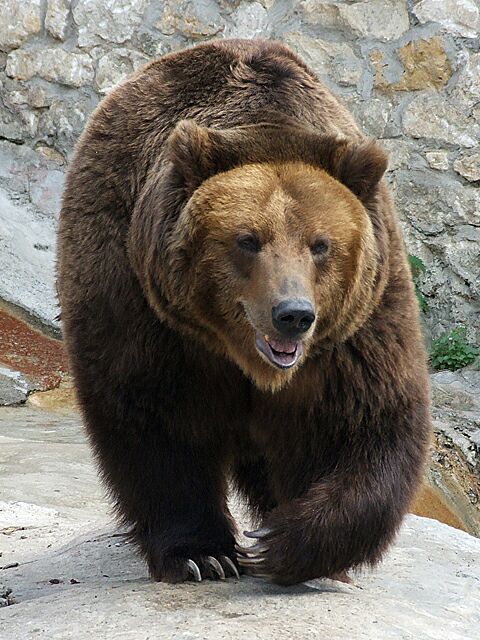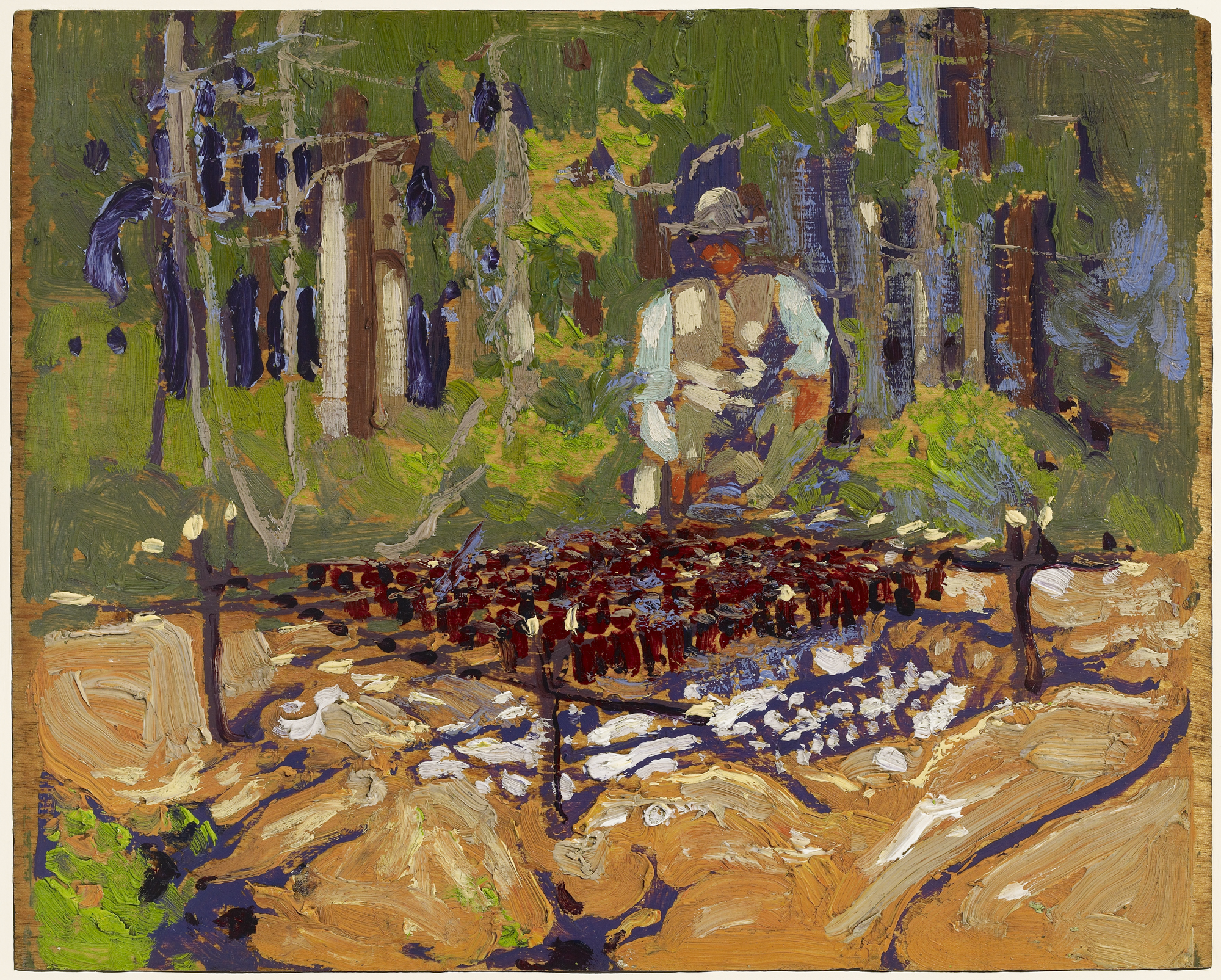|
Ladoga Ringed Seal
The Ladoga ringed seal (; ''Pusa hispida ladogensis'') is a freshwater subspecies of the ringed seal (''Pusa hispida'') found entirely in Lake Ladoga in northwestern Russia. This pinniped was isolated in freshwater lakes and separated from the Arctic ringed seal as a result of the isostatic rebound of the region following the end of the Weichselian Glaciation. It is related to the even smaller population of Saimaa ringed seals in Lake Saimaa, a lake that flows into Ladoga through the Vuoksi River. Appearance The adult Ladoga seal grows to about 150 cm in length and weighs approximately 60–70 kg. Pups are approximately 50–60 cm at birth and weigh approximately 4–5 kg. There are four variations of coats.Popov, L. "Ladoga Seal." ''Mammals in the Seas, volume II: pinniped species summaries and report on sirenians'' (FAO Fisheries Series) No. 5, Vol II, pp. 70–71 About 47% of Ladoga seals have a dark brown coat with lighter ring shaped patterns, 29% have ... [...More Info...] [...Related Items...] OR: [Wikipedia] [Google] [Baidu] |
Oscar Frithiof Nordquist
Oscar Frithiof Nordqvist Ph.D. (19 May 1858 – 1925) was a Finnish hydrographer. At age twelve he was one of the first students at the art school of the Finnish art association. While serving as a Lieutenant in the military of the Grand Duchy of Finland, he accompanied Adolf Erik Nordenskiöld on S.S. Vega through the Northeast Passage in 1879, acting as the expedition's interpreter of Russian. In 1887 he was in charge of a hydrographical expedition to the Gulf of Bothnia The Gulf of Bothnia (; ; ) is divided into the Bothnian Bay and the Bothnian Sea, and it is the northernmost arm of the Baltic Sea, between Finland's west coast ( East Bothnia) and the northern part of Sweden's east coast ( West Bothnia an ..., marking the start of hydrographical work in Finland. - detailin ... [...More Info...] [...Related Items...] OR: [Wikipedia] [Google] [Baidu] |
Vuoksi River
The Vuoksi (, historically: "Uzerva"; ; ; ) is a river running through the northernmost part of the Karelian Isthmus from Lake Saimaa in southeastern Finland to Lake Ladoga in northwestern Russia. The river enters Lake Ladoga in three branches, an older main northern branch at Priozersk (Käkisalmi), a smaller branch a few kilometers to the north of it, and a new southern branch entering further southeast as Burnaya River (Finnish: Taipaleenjoki), which has become the main stream in terms of water discharge. Since 1857, the old northern distributaries drain only the lower reaches of the Vuoksi basin and are not fed by Lake Saimaa. The northern and southern branches actually belong to two separate river systems, which at times get isolated from each other in dry seasons. The descent between Lake Saimaa and Lake Ladoga is . The entire run of the river is via the Priozersk branch, or via the Taipale (Burnaya) branch. It has a drainage basin of . For most of its length, the ri ... [...More Info...] [...Related Items...] OR: [Wikipedia] [Google] [Baidu] |
Mammals Of Russia
This is a list of the mammal species recorded in Russia. There are 266 mammal species in Russia, of which five are critically endangered, thirteen are endangered, twenty-six are vulnerable, and six are near threatened. One of the species listed for Russia is extinct and one can no longer be found in the wild. All the mammals of Russia are in the subclass Theria and infraclass Eutheria, being all Placentalia, placental. The following tags are used to highlight each species' conservation status as assessed by the International Union for Conservation of Nature: Order: Rodentia (rodents) Rodents make up the largest order of mammals, with over 40% of mammalian species. They have two incisors in the upper and lower jaw which grow continually and must be kept short by gnawing. Most rodents are small though the capybara can weigh up to . *Suborder: Hystricognathi **Family: Hystricidae (Old World porcupines) ***Genus: ''Hystrix (porcupine), Hystrix'' ****Indian crested porcupin ... [...More Info...] [...Related Items...] OR: [Wikipedia] [Google] [Baidu] |
Red Data Book Of The Russian Federation
Red is the color at the long wavelength end of the visible spectrum of light, next to orange and opposite violet. It has a dominant wavelength of approximately 625–750 nanometres. It is a primary color in the RGB color model and a secondary color (made from magenta and yellow) in the CMYK color model, and is the complementary color of cyan. Reds range from the brilliant yellow-tinged scarlet and vermillion to bluish-red crimson, and vary in shade from the pale red pink to the dark red burgundy. Red pigment made from ochre was one of the first colors used in prehistoric art. The Ancient Egyptians and Mayans colored their faces red in ceremonies; Roman generals had their bodies colored red to celebrate victories. It was also an important color in China, where it was used to color early pottery and later the gates and walls of palaces. In the Renaissance, the brilliant red costumes for the nobility and wealthy were dyed with kermes and cochineal. The 19th century brought th ... [...More Info...] [...Related Items...] OR: [Wikipedia] [Google] [Baidu] |
Convention On The Conservation Of European Wildlife And Natural Habitats
Convention may refer to: * Convention (norm), a custom or tradition, a standard of presentation or conduct ** Treaty, an agreement in international law ** Convention (political norm), uncodified legal or political tradition * Convention (meeting), meeting of a (usually large) group of individuals and/or companies in a certain field who share a common interest ** Fan convention, a gathering of fans of a particular media property or genre *** Anime convention, centered on Japanese anime and manga *** Comic book convention centered on comic books *** Gaming convention, centered on role-playing games, collectible card games, miniatures wargames, board games, video games, and the like *** Magic convention, centered on magic and the magic industry *** Tattoo convention, a meeting and exhibition for tattoo practitioners and enthusiasts from different shops and areas, as well as anyone who wishes to see the world of tattooing up close *** Furry convention, centered on anthropomorphic ani ... [...More Info...] [...Related Items...] OR: [Wikipedia] [Google] [Baidu] |
Industrialization
Industrialisation (British English, UK) American and British English spelling differences, or industrialization (American English, US) is the period of social and economic change that transforms a human group from an agrarian society into an industrial society. This involves an extensive reorganisation of an economy for the purpose of manufacturing. Industrialisation is associated with increase of Pollution, polluting industries heavily dependent on fossil fuels. With the increasing focus on sustainable development and green industrial policy practices, industrialisation increasingly includes Leapfrogging, technological leapfrogging, with direct investment in more advanced, cleaner technologies. The reorganisation of the economy has many unintended consequences both economically and socially. As industrial workers' incomes rise, markets for consumer goods and services of all kinds tend to expand and provide a further stimulus to industrial investment and economic growth. Moreo ... [...More Info...] [...Related Items...] OR: [Wikipedia] [Google] [Baidu] |
Poaching
Poaching is the illegal hunting or capturing of wild animals, usually associated with land use rights. Poaching was once performed by impoverished peasants for subsistence purposes and to supplement meager diets. It was set against the hunting privileges of nobility and territorial rulers. Since the 1980s, the term "poaching" has also been used to refer to the illegal harvesting of wild plants. In agricultural terms, the term 'poaching' is also applied to the loss of soils or grass by the damaging action of feet of livestock, which can affect availability of productive land, water pollution through increased runoff and welfare issues for cattle. Stealing livestock, as in cattle raiding, classifies as theft rather than poaching. The United Nations' Sustainable Development Goal 15 enshrines the sustainable use of all wildlife. It targets the taking of action on dealing with poaching and trafficking of protected species of flora and fauna to ensure their availability for present ... [...More Info...] [...Related Items...] OR: [Wikipedia] [Google] [Baidu] |
Names Given To Animals Young
In the English language, many animals have different names depending on whether they are male, female, young, domesticated, or in groups. The best-known source of many English words used for collective groupings of animals is ''The Book of Saint Albans'', an essay on hunting published in 1486 and attributed to Juliana Berners. Most terms used here may be found in common dictionaries and general information web sites. Generic terms The terms in this table apply to many or all taxa in a particular biological family, class, or clade. Terms by species or taxon Usage of collective nouns ''Merriam-Webster'' writes that most terms of venery fell out of use in the 16th century, including a "murder" for crows. It goes on to say that some of the terms in ''The Book of Saint Albans'' were "rather fanciful", explaining that the book extended collective nouns to people of specific professions, such as a "poverty" of pipers. It concludes that for lexicographers, many of these do not ... [...More Info...] [...Related Items...] OR: [Wikipedia] [Google] [Baidu] |
Lake Saimaa
Saimaa ( , ; ) is a lake located in the Finnish Lakeland area in southeastern Finland. With a surface area of approximately , it is the largest lake in Finland, and the fourth-largest natural freshwater lake in Europe. The name Saimaa likely comes from a non-Uralic, non-Indo European substrate language. Alternatively, it has been proposed that the name may be connected to the Sami word ''sápmi''. History The lake was formed by glacial melting at the end of the Ice Age. Major towns on the lakeshore include Lappeenranta, Imatra, Savonlinna, Mikkeli, Varkaus, and Joensuu. About 6,000 years ago, ancient Lake Saimaa, estimated to cover nearly at the time, was abruptly discharged through a new outlet. The event created thousands of square kilometres of new residual wetlands. Following this event, the region saw a population maximum in the decades following only to later return to an ecological development towards old boreal conifer forests which saw a decline in population. To ... [...More Info...] [...Related Items...] OR: [Wikipedia] [Google] [Baidu] |
Freshwater Seal
Freshwater seals are pinnipeds which live in freshwater bodies. The group is paraphyletic in nature, the uniting factor being the environment in which these pinnipeds live. The vast majority of all modern seals live solely in saltwater habitats though this is likely due to the rarity of sufficiently large freshwater bodies rather than the limitation of seal biology. Baikal seals The only exclusively freshwater seal species is the Baikal seal, locally named (). The Baikal seal has inhabited Lake Baikal for roughly two million years, the closest relative to it being the Arctic ringed seal whence it has likely descended. The manner by which the baikal seal reached Lake Baikal is still not fully understood, theories include their entrance into the lake via travel up the Yenisei River or perhaps via large lakes which existed in Siberia during the Pleistocene. Ringed seals While the Baikal Seal may be the only unique species of pinniped to live in a purely freshwater environ ... [...More Info...] [...Related Items...] OR: [Wikipedia] [Google] [Baidu] |






